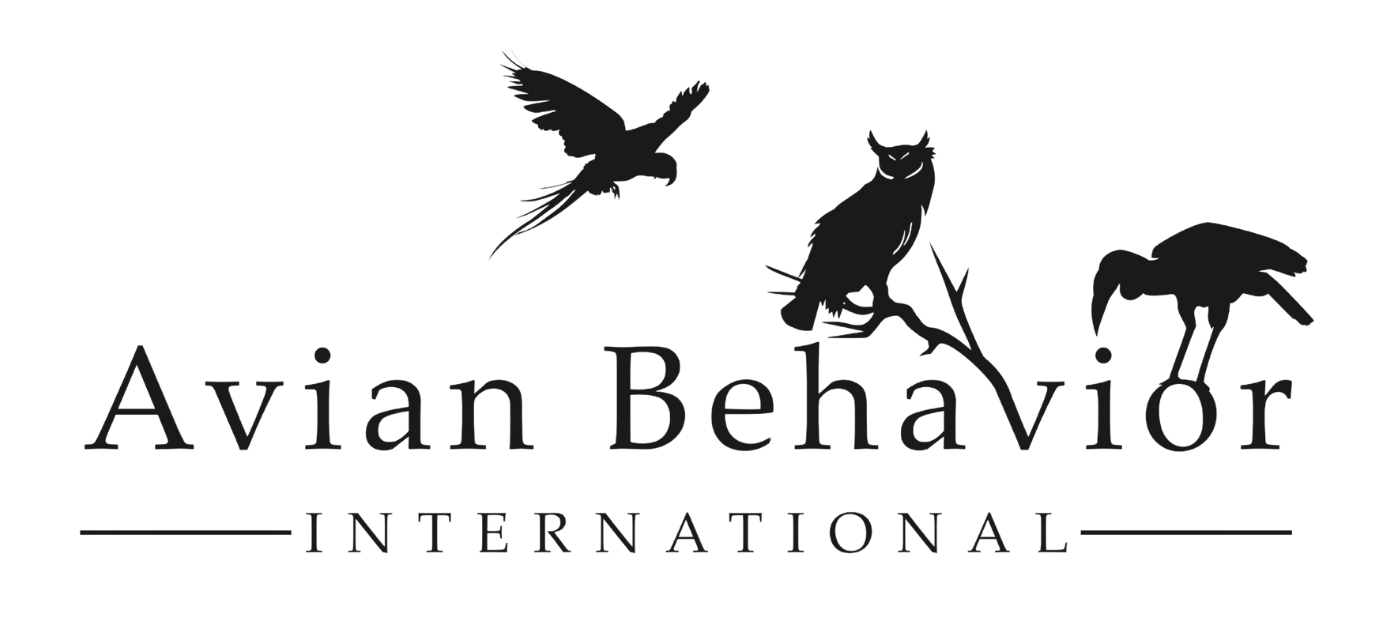
17 Apr What Does It Really Mean to Give an Animal Choice?
Choice and control are really buzzy words in animal training. Here’s the thing about how we use them in animal training: it sounds really nice in a conference slide or an Instagram caption. But when you’re out there in the aviary or standing in front of a crowd with a bird who’s not quite sure if they want to participate—or worse, knows exactly what’s expected and says nope—you start realizing just how squishy the whole concept is.
We opened this up in a recent live training inside the Lab. It wasn’t a lecture. It wasn’t a checklist. It was more of a “here’s what’s pushing on me, and here’s what I’m still chewing on.”
Because let’s be honest: what does it mean to offer choice?
When I started in the positive reinforcement world, the working definition I kept hearing was “reinforce the right choice, ignore the wrong one.” That sounded okay at first. But the more I sat with it, the more I realized—it doesn’t really mean anything. What’s a “right” choice? Right for who? And is ignoring a behavior the same as offering freedom? And this is a concept (and controversy!) that has really taken off in Applied Behavior Analysis. We talked about in depth in our Chicken Training Challenge.
One of the things that came up in our session was this idea of degrees of freedom. Like—when we say we’re giving our bird a choice, how many real options are we actually offering? If they only get food by doing the behavior that I want the bird to do, is that really a choice? Or is it a gentle nudge wearing a nice jacket?
Because here’s the uncomfortable truth: some level of coercion exists in every life system. In wild systems too. A raptor can choose not to hunt… and starve. I can choose not to put on a sweater and I’ll be cold and tense up my shoulders and neck. There are consequences either way. But when we say “choice” in the training world, we often imply that it’s clean and pure. Spoiler alert: it’s not.
And then there’s the paradox of choice. Too many options can shut things down just as fast as not enough. I’ve seen birds spiral when there’s too much going on. They don’t have the skills to handle the amount of choice that is in front of them. I’ve felt it myself—analysis paralysis. So what’s the sweet spot? How do we build sessions that empower, but don’t overwhelm?
The deeper question I keep coming back to is this:
Are we shaping behavior, or is the environment shaping us?
If I only train a behavior one way, with one expected outcome, I may think I’m offering control—but what I’m really doing is scripting. And that’s fine sometimes. There are places for that. But if I want true collaboration with an animal, then I need to be willing to sit in the space where things don’t go to plan. Where the animal says no. Where the session falls apart. That’s the work.
So no, I don’t have a tidy answer. And I think that’s kind of the point.
If you want to explore these questions in real-time, we’ve started streaming live training sessions every week inside the Lab. They’re messy, unscripted, and totally honest. You get to see us try things, adjust, fail, succeed, and try again. Just like the birds do. Our condor live sessions show degrees of freedom in practice – a must to experience.
In this way, you will see that at Avian Behavior, we actually avoid the construct of choice and control in our lexicon, because we have to really sit and perform a concept analysis for each scenario that we would normally use the word control. Is it control or is the bird accessing some another reinforcer and I’m just being lazy?
And just like us humans—trying to do a little better each time.
Come experience our live trainings FREE for 2 weeks. Dive into hundreds of hours of deep-dive courses, weekly sessions, and a supportive community that gets it. Use the code AVIAN to join us—we’ll see you inside.

